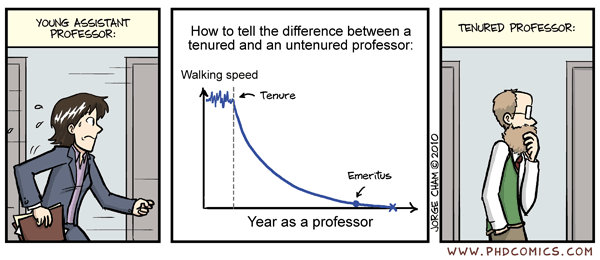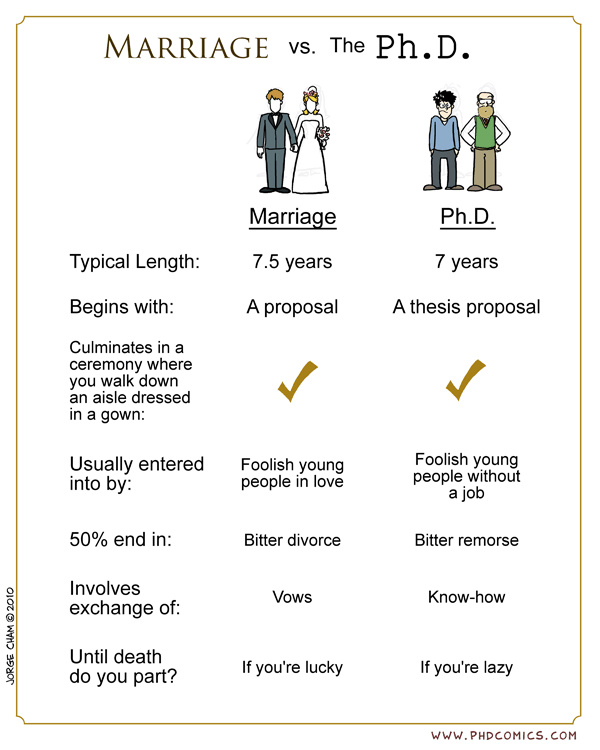Since Lessig’s book The Code came out in 1999 the discussion of Internet regulation has been increasingly popular. Its not that Lessig started the field but by the popularity of his work he made it a topic worthy of discussion – and it shows not sign of stopping. Breifly stated Lessig’s point was that there are 4 things that regulate/control behavior: Law, markets, norms and architecture. Since the point of The Code was to argue that code is law Lessig focused on architecture. If we simplify the world we could argue that Tech lawyers tend focus on architecture, environmental lawyers look to markets and black letter lawyers focus on the law as a regulatory instrument.
Many of the reasons for focusing on a regulatory instrument are beyond the control of the individual author. For example Christina Olsen-Lund, a colleague of mine doing environmental law will be defending her doctoral thesis on emission trading. A riveting 700+ page analysis of market-based regulation.
But it is a shame that not many lawyers study norms. They are so interesting. However the use of norms are regulatory instruments are both vague and incredibly complex. Take for example the no clapping rule.
In a fascinating lecture Hold Your Applause: Inventing and Reinventing the Classical Concert held in March Alex Ross dissected parts of this rule and explains social regulation in concert halls. Ross expresses concern that the rule of not clapping during concerts is partly responsible for the making classical music less accessible to beginners.
The origins of the no-clapping rule stem from an idea that the music should be received on an intellectual as well as emotional level, for example on the premier of Parsifal in 1882
Wagner requested that there be no curtain calls after Act II, so as not to “impinge on the impression,” as Cosima Wagner wrote in her diary. But the audience misunderstood these remarks to mean that they shouldn’t applaud at all, and total silence greeted the final curtain.
Wagner had no idea if the audience liked his work and attempted to instruct them that applause was appreciated. But…
…Cosima writes: “After the first act there is a reverent silence, which has a pleasant effect. But when, after the second, the applauders are again hissed, it becomes embarrassing.” Two weeks later, he slipped into his box to watch the Flower Maidens scene. When it was over, he called out, “Bravo!”—and was hissed. Alarmingly, Wagnerians were taking Wagner more seriously than he took himself.
Wagner is not the originator of the no clapping rule but he was instrumental in provide the audience with a social standard which they gladly accepted and rigorously enforced. So much so that today attempts to applaud in the wrong place are still frowned upon:
Even worse, in my opinion, is the hushing of attempted applause. People who applaud in the “wrong place”— usually the right place, in terms of the composer’s intentions—are presumably not in the habit of attending concerts regularly. They may well be attending for the first time. Having been hissed at, they may never attend again. And let’s remember that shushing is itself noise.
The rule is not enforced by the divisions within the audience alone but also by the musicians:
At a performance of the Pathétique by the Sydney Symphony, in 2003, the conductor Alexander Lazarev became so irritated by his audience that he mockingly applauded back…Even if Lazarev’s tactic had succeeded, is “embarrassed silence” the right state of mind in which to listen to the final movement of the piece?
Here the regulation is created by etiquette, by an imagined idea of what is, and what is not, done. Too many of us are fearful of being seen as outsiders or frauds and undeserving of the perceived social standing attending these events entails. But my sympathies lie with Arthur Rubinstein: “It’s barbaric to tell people it is uncivilized to applaud something you like.” – wonderful sentiment and brilliant quotation.
The idea that there is a right way in which to listen to music is strange and that there is a duty of the audience to pay up and shut up is decidedly odd:
During the applause debates of the 1920s, Ossip Gabrilowitsch spoke approvingly of “those countries in the south of Europe where they shout when they are pleased; and when they are not, they hiss and throw potatoes.” He then said something that deserves to be underlined: “It is a mistake to think you have done your part when you buy your tickets.”
Another reason for my appreciation of Ross’ lecture is that my own attitude towards applause has shifted gradually over time. My concern about “fitting in” is no longer strong, at least not strong enough to curtail my enthusiasm. I applaud happily when an actor, lecturer or speaker makes a point I appreciate & occasionally when music takes me. But I dislike the ritual of applauding over several curtain calls simply because it is expected. Refusing to applaud is more honest – like refusing to leave an extravagant tip at a bad restaurant.
In order to better understand regulation through norms we require more studies and better cases. The largest part of social regulation has little or nothing to do with the law and everything to do with social norms – it is surprising then that so little study is carried out on the topic.


